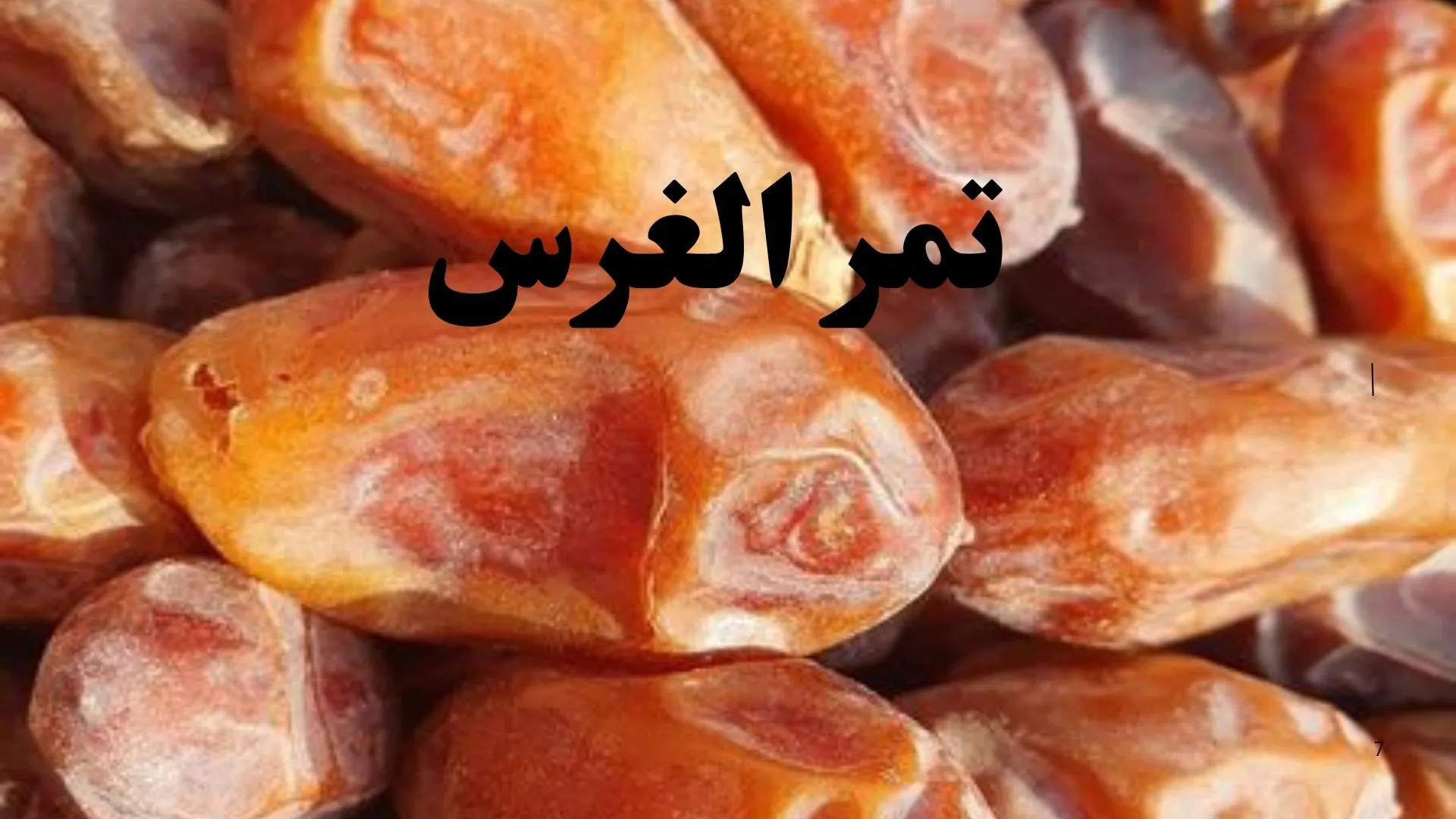Historical Overview of Ghress Dates
The history of Ghress date cultivation dates back to very ancient times, several thousand years ago, in North Africa, more precisely in the Biskra basin, as well as in the Oued Righ and Oued Souf regions, located in southern Algeria. The hot and dry climate, along with the availability of groundwater, favors its cultivation and ensures high yields.
Ghress dates have been an integral part of the culture, traditions, and cuisine of the people in these regions since time immemorial, and this continues to this day. The locals have distinguished themselves through their expertise in the methods of storing and preserving this date variety. Even today, they continue to use the traditional preservation and storage methods passed down from generation to generation by their ancestors.
Cultivation of Ghress Dates
The cultivation of Ghress dates takes place in the oases of North Africa (notably in Algeria, where production is very abundant), characterized by a hot and dry climate. The areas where Ghress dates are grown are practically the same as those for Deglet Nour cultivation, but the Ghress palm is more resistant to soil salinity. It requires little rainfall, well-aerated and well-drained soil, with a pH generally between 6.5 and 8.
Pollination is carried out manually by transferring pollen from the male flowers to the female flowers (since each type of flower grows on a separate palm). This operation is called “tadhkar” in the local inhabitants’ dialect.
The cultivation of Ghress dates is particularly flourishing in Algeria, especially in the Oued Righ region and the Ouargla basin in the south of the country.
Nutritional Value
Ghress dates have high nutritional value, are very healthy, and serve as an excellent source of energy. They were the main food during long desert crossings and a staple for people performing intense physical work. Indeed, their sugar content (fructose and glucose) can reach 82%, meaning that 100 g of dates contain 82 g of sugar, making them one of the most energy-rich dates..
Regarding minerals, the composition per 100 g is shown in the following table:
| POTASSIUM (K) | 664mg |
| CALCIUM (Ca) | 80.50mg |
| MAGNESIUM (Mg | 17.38mg |
| Fer(Fe) | 2.03mg |
| Sodium(Na) | 2.03mg |
| CUIVRE (Cu) | 1.92 |
| Manganèse (Mn) | 2.10mg |
Physical Properties
Ghress dates are quite tender. Their length ranges from 2.5 to 5 cm depending on the variety. Their color tends toward dark brown, and sometimes their texture is pleasant. Their taste is sweet, with a flavor reminiscent of caramel.
Storage and Preservation
Short-Term Storage and Preservation
Domestic Storage and Preservation
Ghress dates are among the varieties that tolerate storage well without deteriorating. They can be kept at home for up to three months or more at moderate room temperature, provided they are placed in airtight boxes or vacuum-sealed bags in a dry, dark place. However, it is recommended to store them in the refrigerator, as this ensures better safety and preservation.
For domestic storage using traditional methods
For a long time, the local inhabitants of the region have preserved it for extended periods, sometimes over a year, and call it “Aloulaa.” The method is very simple: the dates are pressed and properly compressed, then wrapped in a breathable cloth and placed in a dry location, protected from humidity and sunlight.
There is also another method, which involves drying the dates in the sun after harvest. They are then placed in breathable cloth bags and stored in a dry location, protected from humidity.
Long-Term Storage
For long-term storage, exceeding 6 months, generally for commercial purposes, the same storage methods used for Medjool and Deglet Nour dates can be followed. Another advantageous feature, even for commercial use, is that the traditional domestic long-term storage methods mentioned above can also be utilized.
conclusion
Ghress dates are among the good varieties that are resistant to spoilage conditions. They are well-known and widely consumed locally (especially in southern Algeria), but internationally, they are almost unknown due to the strong presence of Deglet Nour and Medjool dates. Therefore, they require additional effort in promotion and advertising.
A video about Ghress dates
Frequently Asked Questions
What are Ghress dates?
It is a variety of dates primarily found in North Africa, notably in Libya, Tunisia, Algeria, and Morocco, but its production and consumption are most abundant in Algeria.
Is there a date variety called “Medjool”?
Yes, there is a date variety called “Medjool,” which originates from Morocco. It is mainly produced in Jordan, Palestine, Morocco, and the United States, the latter being the largest producer.
How many calories do Ghress dates contain?
100 g of Ghress dates contain approximately 300 calories. They are an important source of energy.


